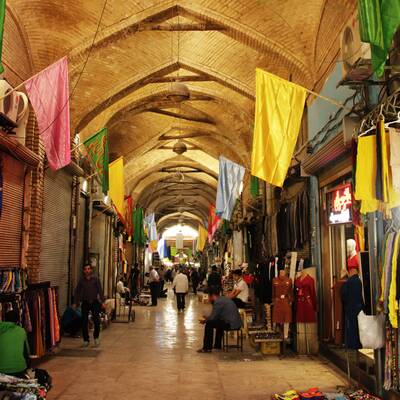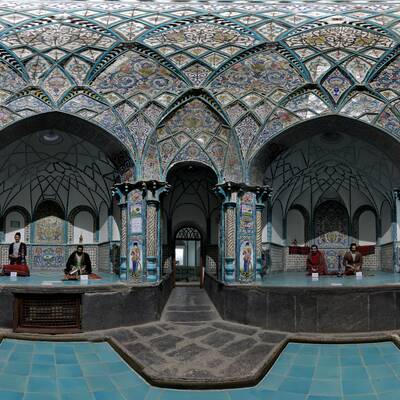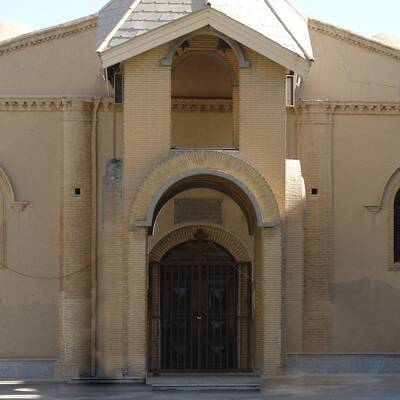
Sultan Abad Museum
Sultan Abad Museum was established in 1385 SH. Sultan Abad is the old name of Arak city and one of the cities that were built in Qajar period. It was first called Sultan Abad and later become famous as Iraq (based on some existing documents). Sultan Abad is among the cities that were constructed in the southern regions of Tehran based upon the model of an Iranian-Islamic city. Therefore, it has a very shorter history than other cities of Markazi, the province, because it was established in the reign of Fathali Shah Qajar, which was about two hundred years ago.
The city was constructed by the suggestion of Yusef Khan-e Gorji, the commander of Fathali Shah army, in order to concentrate the army of the Persian Iraq and to build a military fortress. The construction project ended in 1231 SH and was named Sultan Abad inspired by the name of Fathali Shah. Sultan Abad experienced many civil developments during Qajar period and it was changed to Arak after the collapse of Qajar. Sultan Abad is today a part of the old texture of Arak in result of the extension of Arak and the museum of Sultan Abad is placed in the same old region, in Kashani Serai, located inside the old Bazar of Arak. Decorations and stucco works of this Serai are in Qajar style. The building of the museum has also been constructed inside one of the old buildings of the district. The museum has three halls and it is professionally active in field of calligraphy, Qajar cloths, inlay, sewing and other handicrafts artworks.
The calligraphy works of the museum are unique in their kind and they have been created by the highlighted and great artists like Darvish Abdolmajid Taleghani (the artist of 12th century AH), Mir Emad Hassani (the artist of 10th century AH), Mir Ali Heravi (the artist of 10th century AH), Mirza Fathali Hejab Shirazi (Qajar calligrapher and Nastaliq writer), Mirza Gholamreza Isfahani (Qajar artist), Yaqut Mostasami (the artist of the seventh century SH who made the oldest works of the museum), Mohammad Hashem Lo’lo’ Isfahani, Mirza Kazim, Zello Sultan Mohammad Baqer Khan, Mohammad Jafar Tabrizi, Mirza Reza Khan Farahani, Fathali Tonekaboni, Mirza Asadollah Shirazi, Keikhosro Khoroush and Fathali Vasheghani Farahani who is one of the contemporary calligraphers. Other great works kept and displayed in the museum are the paintings of Kamal al-Molk and some coffeehouse paintings belonged to Mohammad Modabber and Abbas Bolukifar.

.jpg)

